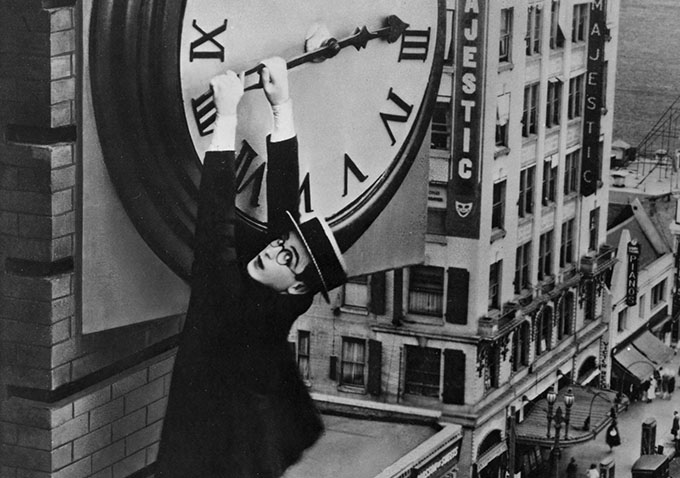 A century ago there was no need for sound in film, as mesmerizing a notion as that may be. Actors used body language, they made faces and mimed their innermost feelings, set designers made intertitles to keep the audience on track, and lighting technicians made every woman appear as if she were a goddess with a soft focus. The Silent Era in filmmaking changed the way our imaginations work and broadened the possibilities of what could be done with a motion picture, and then some.
A century ago there was no need for sound in film, as mesmerizing a notion as that may be. Actors used body language, they made faces and mimed their innermost feelings, set designers made intertitles to keep the audience on track, and lighting technicians made every woman appear as if she were a goddess with a soft focus. The Silent Era in filmmaking changed the way our imaginations work and broadened the possibilities of what could be done with a motion picture, and then some.
READ MORE: WATCH: Supercut Highlights 20 Great Homages To Silent Films
What began as a craze — a mere attraction at a penny arcade or a carnival — transformed into an art form, a new way of telling stories in a medium that continued to evolve and innovate. Silent films came in many genres, kickstarting the careers of vaudevillian slapstick stars like Buster Keaton and Charlie Chaplin, two key figures whom contemporary comedians would be so lucky to share their fearlessness and charisma.
In historian Kevin Brownlow and David Gill‘s 11-hour, 13-part series, "Hollywood: A Celebration Of The American Silent Film," the era is spoken of, praised, and picked apart in interviews and behind the scenes footages from directors like Henry King and George Cuckor, to actresses like Lillian Gish and Gloria Swanson. The era changed American culture, catapulting performers to celebrity status, and setting the standards for a production code that lasted several decades.
For any fan of history, this series, first aired in 1980, is obligatory watching (especially since it can’t currently be found on any home video format). What’s your favorite film from the silent era? Let us know in the comments below. [Cinephilia & Beyond]






People think silent film ended in 1929 or even later with the final silent movie of Charlie Chaplin\’s Modern Times, but in fact, silent film continued until the 1970s in the form of 16mm and later 8mm home movies. As a child, I loved the movies my dad made in the 60s that were silent. You could talk and comment and laugh and reminisce during the showings on a sheet or screen in your own home. Only later with Betamax camcorders did sound enter home movies. Alas, the days of being able to comment and laugh were over because you had to listen to what people said in the videos. Hearing your own voice was often uncomfortable and awkward. The sound kind of shut down the fun of the movies. Silent, but Golden, I say.
Best documentary of the early Hollywood ever. Ken Burns worthy…that\’s how good it is!
Best silent film:Sunrise. A masterpiece.